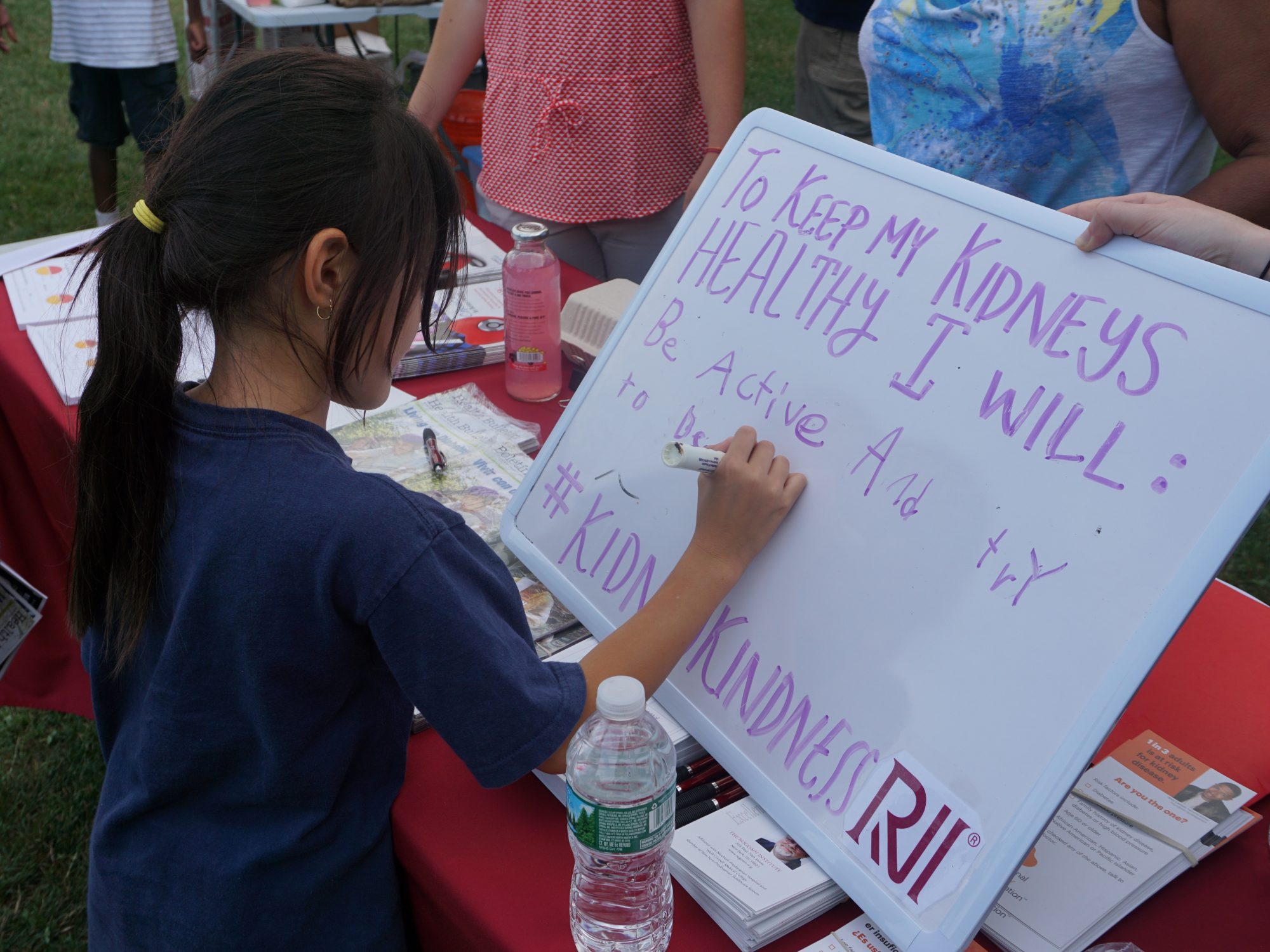July 25th, 2016
Hello from New York! It’s hard to believe the summer of my dreams is already coming to a close. Some highlights include adventuring to all 5 boroughs, eating with a food critic in Queens, watching the Harlem Gospel Choir do an Adele set, taking free tango lessons in Washington Square Park, making a few mini trips (totaling 7 states), meeting 3 famous people (a politician, an artist, and an actor), and attending dozens of free summertime events.
I’m living with my best friend from high school in Williamsburg, the land of thrifting and overpriced juice. I find myself falling in love with this dynamic city. A native Bay area kid, the diversity bar has always been high. However in New York, Queens is the most diverse district in the country and my own Brooklyn apartment is situated between a huge Caribbean/Latino community and Orthodox Jews. I run a small foodstagram and needless to say, my feed is filled with a variety of cuisines. This week I encountered delicacies ranging from rose shaped gelato to Levain’s cookies to Rainbow bagels to Cauliflower Panko Soft Tacos.
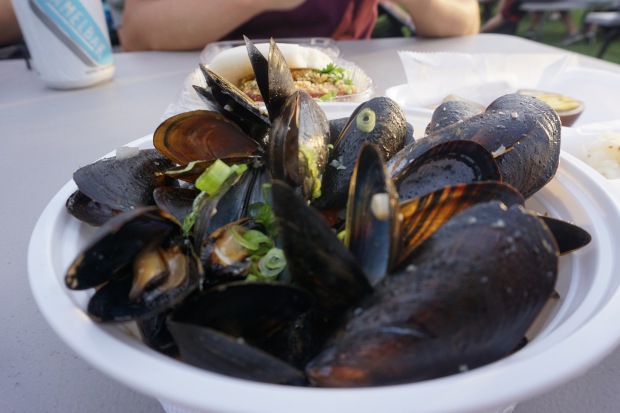
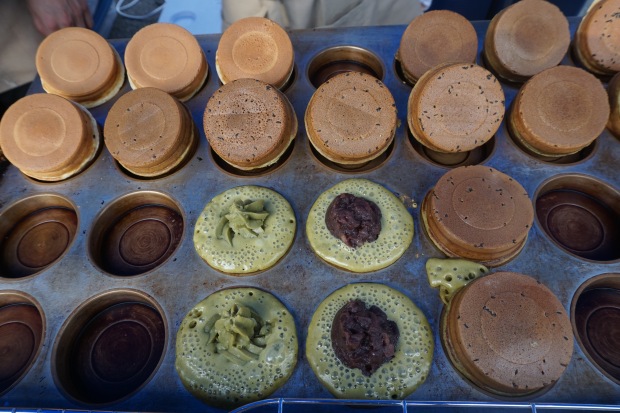

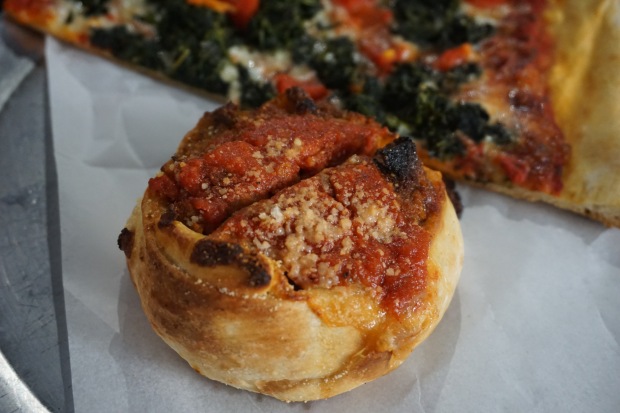
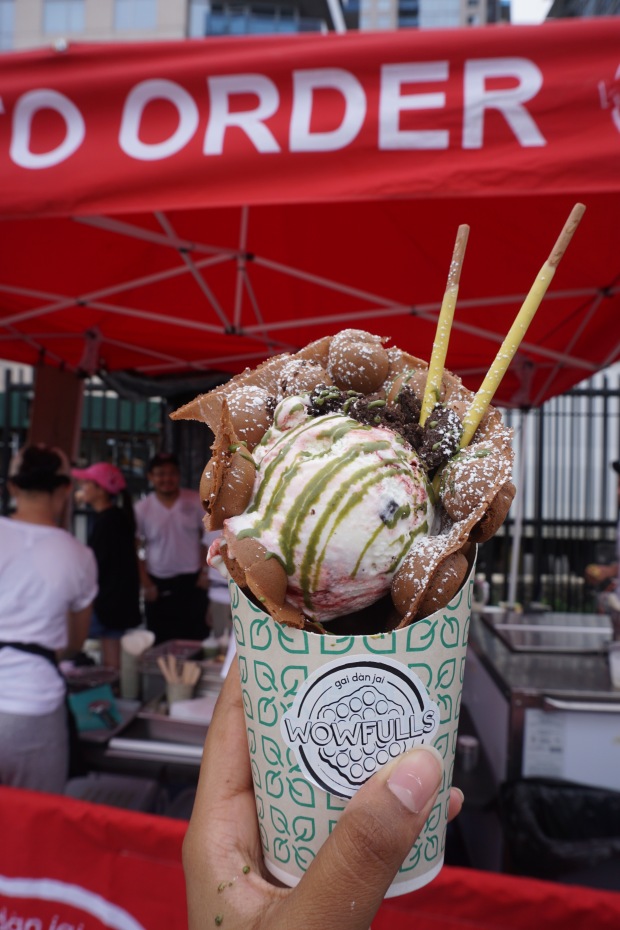
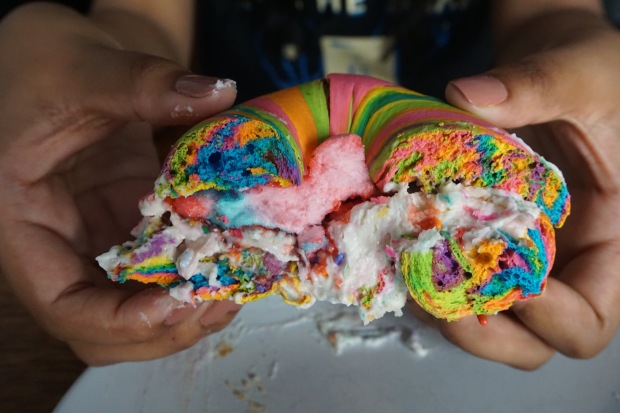
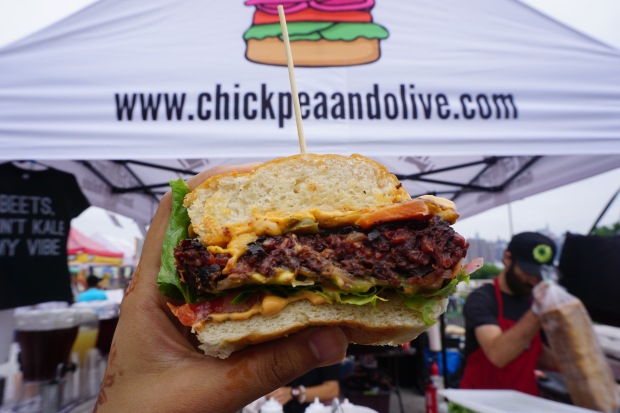
But back to the internship…
As a Public Health student, I have been more exposed to the interworks of the healthcare system and the intersectional determinants of health. This summer I wanted to work within an organization that encourages sustainability and utilizes best practices for healthcare systems and access. I have been truly inspired by my Foundations of Health Care Systems class and professors who have experience managing the complicated and unique New Orleans health care systems. These experiences have encouraged me to delve into the discourse surrounding coordinated versus fragmented care, access, cost, quality of care, and health care policy. I hope to complement these textbook and theoretical discussions by engaging with an organization that experiences such real world issues firsthand.
After hearing about the Rogosin Institute, I knew our visions were aligned. In my research I found an older newsletter from the summer of 2012 that piqued my interest. My community outreach and public health background makes me an intern who truly imbibes the standards outlined under the three “key components of the expanded services” listed on the first page of the newsletter. Their public health approach for improving access to health care embraces sustainable and multidisciplinary approaches to marginalized groups. I was sincerely heartened by the Center for Health Action and Policy (CHAP) team’s emphasis on working alongside local health and service systems, thereby empowering a community to utilize their resources and address the relevant social determinants of health in place. I am excited to witness the iconic Iron Triangle’s three vertices (quality, access, and cost) interact in this integrative healthcare environment.
The Rogosin Institute takes a compelling global health approach to apply their groundbreaking research to the ordinary patient to receive the best prevention and treatment of disease. The Institute focuses on kidney disease and their transplantation includes pancreatic islet transplantation for diabetes, cardiovascular disease related to cholesterol, and other lipid disorders. Rogosin recognizes allied health problems and understands that all health care is local. Consequently, they believe community health workers are at the cornerstone of our healthcare system; our world needs community solutions that utilize local and regional experience to address the challenges facing changing health care systems today.
In my role at Rogosin, I am working closely with the CHAP team, spearheading initiatives that build community trust through creative avenues; by visiting hubs for community, such as churches, nail salons, and markets, I meet individuals in their places of comfort and sparked conversations to learn about their health concerns to appropriately pair them with local resources. I was also able to travel to dialysis centers in Manhattan, Queens, and Brooklyn, to engage with patients in waiting rooms. I assisted in collecting evidence about the benefits and risks of treatments in an effort to improve monitoring methods and enhance the quality of care for patients.
This summer I also applied to be a delegate for The Novus Summit. On July 17, 2016, 47 speakers entered the United Nations General Assembly Hall in New York City to share in this incredibly transformative experience. We based our work on the 17 UN Sustainable Development Goals (SDG’s).
As the Founder, Kunal Sood, reflected, “Innovators, psychologists, CEOs, fashion models, journalists, doctors, humanitarians, entrepreneurs, and youth explored the worlds of science, global well-being, and the pursuit of happiness to promote human flourishing during the morning session of Novus Summit. The power of a healthful diet, the science of happiness, and the incredible telepresence and application of technology such as the Beam and life saving drones allow us to have meaningful interaction with people on the other side of the planet.The energy in the UN General Assembly Hall shifted in the afternoon session to help us dream, wonder, and provoke new thoughts while highlighting exponential technology, innovation, and global impact. We explored how to confront a lack of empathy, begin a journey of inquiry, face human rights violations, and how to solve international problems by taking a page from the incredible women and men who participated in the international space program.”
Novus was an incredible experience and I was also able to generally talk about Rogosin to a couple people. To name just a few of my favorite speakers, I was blown away by Leslee Edwin (Director of India’s Daughter) , Martin Seligman (the founder of Positive Psychology), and Mason Zayid (one of my favorite TED talks and comedians). Being from the Bay Area, the Sillicon Valley social innovation buzz is not new to me. However, I was in awe of some of the initiatives that married technology with humanity.

I am definitely making progress on my defined learning goals. In my meetings with community members from all of the greater New York area, I am practicing interacting sensitively, effectively, and professionally with individuals from diverse cultural, socioeconomic, and educational backgrounds, and with people of all ages and lifestyle preferences. I also am developing as a public health professional and building my network in New York with inspiring women, New York Presbyterian and Cornell-Weill affiliated professionals, and even a couple Tulane alum. Another one of my goals was to identify the basic public health sciences used in this internship, including biostatistics, epidemiology, environmental health, and prevention of chronic disease. This has come up a lot and I find myself thinking (outloud sometimes too), “Wow! I’ve read about this in a textbook.” Topics like the Affordable Care Act and Medicare/Medicaid funding that were only discussed theoretically in my Foundations of Healthcare Systems class, are concepts that I now have real world-experiences to ground me in. This June the Obama Administration, as well as dozens of companies, foundations, universities, hospitals, and patient advocacy organizations are taking steps to build on the Administration’s efforts to improve outcomes for individuals waiting for organ transplants and support for living donors. Dr. David Serur, Medical Director for the Kidney and Pancreas Transplant program represented Rogosin at the summit. Rogosin, one of three not-for-profit dialysis providers represented, committed to launch a program this summer (which I will be assisting in) with 100 community volunteers to promote kidney transplantation through culturally-specific grassroots education and mobilization in high disease-burden areas of Brooklyn, New York. Each day, I am improving my communication skills via email, in person meetings, and in more informal gatherings. I keep a journal to not only see what I’ve learned, but also to reflect on my growth. Amongst the doodles and mediocre subway poetry, there are pieces of reflection – I promise!
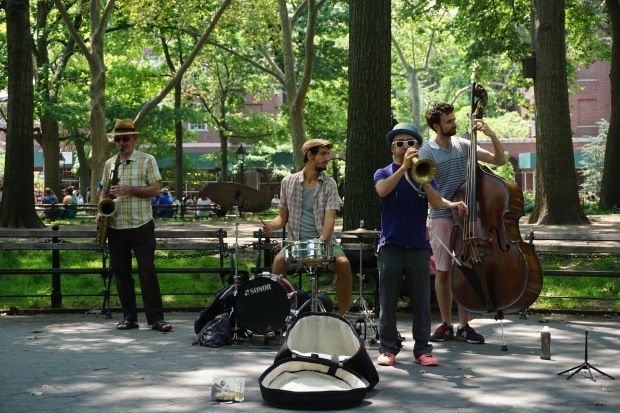

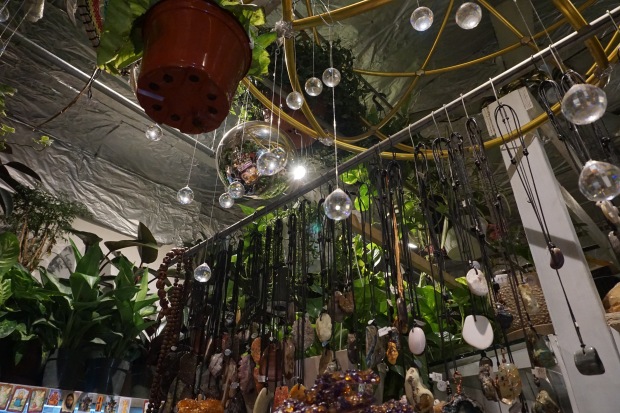
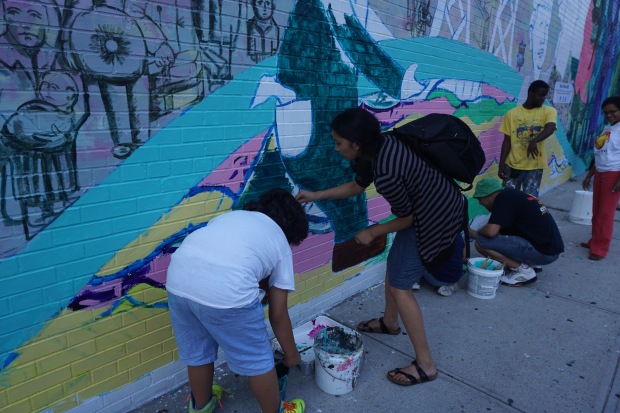
August 23rd, 2016
As I write, I have just arrived for RA training in New Orleans and have had time to reflect on what I’ve been referring to as my dream summer. Though I came in with outlined learning objectives, I also brought an open and hungry mind, yearning to soak up as much about healthcare and community engagement as possible.
The environment at Rogosin is extremely collaborative and I am exposed to a range of settings: from professional meetings with health care providers and researchers to community health worker trainings on kidney health to a Brooklyn community meeting in a local diner. I truly felt I was at the intersection of community engagement and healthcare. Though at times a lack of routine/schedule posed as a challenge, I am grateful to have had to problem solve and think on my feet. To my surprise and benefit, I learned that I thrive working in a less structured environment.
This unique work environment connected me with mentors who have helped pave the way for aspiring healthcare professionals like myself, and whose work emphasizes the needs of vulnerable populations. I also appreciated being able to create, implement, and see through projects; many peer institute internship programs only allow for students to focus on a specific part of a project. To name a few, I was able to create our new monthly newsletter titled Rogosin Reader, develop a coloring book therapy inititaive in waiting rooms and promote/fund the project through Google One Today, and spearhead a Kidney Kindness Whiteboard Campaign.
My passion for photography and human rights storytelling led me to work for Voice of Witness, where I serve as an Advisory Board Member. Little did I know that these skills would be applicable in a Kidney Dialysis Center. In my internship, I have become the go-to photographer.

Taken in our West Side office, pictured above are two participants at a kidney health presentation and roundtable we hosted in hopes of hearing from local youth and social workers.

Pictured above is Dr. Alan Perlman, one of the nephrologists I worked closely with to assist in making a Renal Aid Brochure.
 Pictured above is 4 of our lovely staff members at our East Side Offices.
Pictured above is 4 of our lovely staff members at our East Side Offices.
 Pictured above is a participant in my Whiteboard Social Media Campaign to promote kidney health. She is standing in front of Brooklyn Borough Hall at an event we were featured in called Curb the Salt, Cut the Sugar.
Pictured above is a participant in my Whiteboard Social Media Campaign to promote kidney health. She is standing in front of Brooklyn Borough Hall at an event we were featured in called Curb the Salt, Cut the Sugar.
 Pictured above are two wonderful ladies who were very excited after getting handouts and materials during our Kidney Health Presentation at Wayside Senior Center.
Pictured above are two wonderful ladies who were very excited after getting handouts and materials during our Kidney Health Presentation at Wayside Senior Center.
 There’s Pamela Hoyt-Hudson, my incredible boss and mentor. Her global experience has allowed PSBH to be implemented in over 32 countries.
There’s Pamela Hoyt-Hudson, my incredible boss and mentor. Her global experience has allowed PSBH to be implemented in over 32 countries.

Pictured above is a 6 year old young girl who participated in our Whiteboard Campaign while we were tabling at Prospect Park’s Movie Night Under The Stars.

Theresa, the other summer intern, talking to a community member about resources.
Some of the best advice I have been given is to write down your dream and tell it to people as much as possible. I’ll never forget Pam telling me her career and life journey as a few of us sat around a table in Brownsville Recreation Center, preparing for a massive event, Old Timers Day. She’s been at the Rogosin Institute for over 14 years and landed the position by telling her dream to to a woman in her gym class.

So after this ~Dream Summer~ I have been able to do some soul searching and also reaffirm my career goals. After receiving my Masters of Health Administration I would like to manage a holistic health center and clinic to provide coordinated care to those who usually lack access. This internship has placed me at the cornerstone of healthcare and community engagement. These are not mutually exclusive at all; but in fact intersectional as well. I would also like to find a niche market for someone with my love for oral history/ photography, experience with gender based violence prevention, and passion for improving healthcare.
